What is ARCH AI (ARCHAI)?
Discover ARCH AI (ARCHAI), a decentralized platform on Base for building on-chain AI agents with staking, governance, and token utility.A decentralized AI platform built on Base, enabling customizable agent creation, on-chain automation, and token-driven interaction.

Introduction
ARCH AI (ARCHAI) is a decentralized platform that combines artificial intelligence with blockchain infrastructure to enable on-chain AI interaction and autonomous agent deployment. Built on the Base network, it offers tools for users to create, configure, and launch AI agents directly through a web-based interface, without requiring programming knowledge. The platform’s architecture supports agent customization, communication channel integration, and programmable interactions governed by smart contracts. Its native token, ARCHAI, powers functions such as staking, governance, and access to exclusive features, while also introducing deflationary dynamics through token burns.
What is ARCH AI (ARCHAI)?

ARCH AI (ARCHAI) is a blockchain-based platform that integrates artificial intelligence (AI) functionalities within decentralized systems. The project provides AI agents and tools designed to operate on-chain, facilitating interactions through smart contracts and decentralized applications. Users can access AI-driven services, including data analysis and decision support, by engaging with the platform’s native token, ARCHAI.
Originally launched as BAD AI (BADAI), the project underwent a rebranding to ARCH AI as part of its strategic transition to the Base network. This change was implemented to align with the project’s expanded vision and to enhance its infrastructure capabilities. The rebranding process included a token swap, where BADAI tokens were exchanged for ARCHAI tokens at a 1:1 ratio, ensuring continuity for existing holders. The migration to the Base network point to improve scalability and integration with other decentralized applications.
The development team behind ARCH AI comprises professionals with backgrounds in blockchain technology and AI development. While specific details about individual team members are not publicly disclosed, the project’s documentation and official communications indicate a focus on creating a platform that combines AI capabilities with decentralized governance. The team emphasizes transparency and community involvement in the platform’s evolution, encouraging user participation in decision-making processes.
ARCH AI’s ecosystem includes various components designed to facilitate AI integration within decentralized applications. These components encompass AI agents capable of performing tasks such as data processing and analysis, as well as tools for developers to incorporate AI functionalities into their applications.
ARCH AI (ARCHAI) the ex BAD AI Token
ARCH AI (ARCHAI) is the rebranded identity of the blockchain project previously known as BAD AI (BADAI). The transition was officially announced in late April 2025 and involved a comprehensive overhaul of the project’s branding, token structure, and network alignment. The rebranding coincided with the project’s migration from the Binance Smart Chain (BSC) to the Base network. This move was presented as a strategic repositioning to align with the project’s expanded vision for AI integration in Web3 and to focus more on business-to-business (B2B) applications.
The token swap process was executed at a 1:1 ratio, with BADAI tokens being exchanged for ARCHAI tokens. This ensured that existing holders maintained their token value during the transition. The new ARCHAI token was deployed on the Base network, with its contract address publicly available for verification. Major cryptocurrency exchanges, including MEXC, supported the token swap, facilitating a smooth transition for users.
The decision to rebrand and migrate networks was influenced by a successful DAO vote within the project’s community. This democratic approach allowed stakeholders to participate in the project’s strategic direction, reflecting a commitment to decentralized governance.
The rebranding also involved a shift in the project’s branding elements, including its logo and visual identity, to reflect the new ARCH AI name. This change was communicated through official channels, including the project’s website and social media platforms, to ensure transparency and community engagement.
History, Team, Investors of ARCH AI
ARCH AI originated as BAD AI (BADAI), a project that sought to integrate artificial intelligence functionalities within decentralized systems. The initial focus was on providing AI agents and tools designed to operate on-chain, facilitating interactions through smart contracts and decentralized applications. Users could access AI-driven services, including data analysis and decision support, by engaging with the platform’s native token.
The rebranding to ARCH AI marked a strategic transition, aligning with the project’s expanded vision and enhancing its infrastructure capabilities. This change included a token swap, where BADAI tokens were exchanged for ARCHAI tokens at a 1:1 ratio, ensuring continuity for existing holders. The migration to the Base network was point at improving scalability and integration with other decentralized applications.
Information regarding the development team behind ARCH AI is limited in the public domain. The project’s documentation and official communications emphasize a focus on creating a platform that combines AI capabilities with decentralized governance. The team encourages transparency and community involvement in the platform’s evolution, promoting user participation in decision-making processes.
Details about investors or funding rounds for ARCH AI are not readily available through the provided sources. The project’s emphasis appears to be on building a community-driven platform that integrates AI functionalities within a decentralized framework.
ARCH AI Main Features
ARCH AI Launch APP

The ARCH AI Launch App serves as the primary interface for users to engage with the platform’s features. Through this application, users can create, customize, and deploy AI agents. The app provides an environment where individuals can define agent characteristics, test interactions, and manage deployments. It supports integration with various communication platforms, enabling broader accessibility and engagement.
The application facilitates the bundling of multiple agents within a single chat environment, promoting complex interactions and collaborative functionalities. Users can define the behavior, personality, and knowledge base of these agents, allowing for dynamic conversations and information exchange. The platform’s design supports the creation of agents that can interact with users and other agents, enhancing the versatility of interactions.
ARCH AI Agents

ARCH AI Agents are customizable entities that operate within the platform’s ecosystem. Users can define the behavior, personality, and knowledge base of these agents. The agents can interact with users and other agents, facilitating dynamic conversations and information exchange. The platform allows for the bundling of multiple agents within a single chat environment, promoting complex interactions and collaborative functionalities.
The customization process involves configuring various aspects of the agent’s profile, including its responses and interaction patterns. Users can tailor agents to perform specific tasks or provide particular services, depending on their requirements. This flexibility enables the creation of agents suited to a wide range of applications, from customer support to information dissemination.
ARCH AI Staking

The platform incorporates a staking mechanism where users can allocate their ARCHAI tokens to support the network’s operations. Stakers may receive rewards based on their contributions and the duration of their stake. The staking process is designed to incentivize participation and maintain the platform’s stability. Details regarding staking tiers, rewards, and associated contracts are accessible through the platform’s documentation.
Staking involves committing a certain amount of ARCHAI tokens to the network for a specified period. During this time, the tokens are used to support various functions within the platform, contributing to its overall performance and reliability. Participants are rewarded for their commitment, with returns varying based on the amount staked and the duration of the stake.
Create your own AI with ARCH AI

ARCH AI provides tools for users to develop personalized AI agents. The process involves defining agent profiles, configuring behaviors, and setting up integrations. Users can utilize the platform’s visual builder to design agents without coding requirements. Once configured, agents can be tested within the platform and deployed across supported channels. The creation process is structured to be straightforward, enabling users to bring their AI concepts to fruition efficiently.
The platform’s visual builder allows users to define various aspects of their agents, including response patterns and interaction flows. This tool simplifies the development process, making it accessible to users without programming experience.
ARCH AI’s Technical Architecture
ARCH AI’s technical architecture is structured around the integration of artificial intelligence with decentralized systems, built on the Base network, an Ethereum Layer 2 solution. The choice of Base enables low-fee, high-throughput transactions that are essential for the operation of on-chain AI agents, which often require frequent interaction with smart contracts. The platform uses a modular framework where users can create AI agents with configurable behavior, memory, and communication parameters. These agents are deployed on-chain and can interact with users or other agents via smart contracts, which handle logic execution, rewards, and data access in a deterministic and transparent manner. Users interact with the system primarily through the ARCH AI Launch App, a web-based interface that allows for agent creation, testing, and deployment. The app also manages agent identity, configuration, and access control. Agents can be bundled together in chat environments and integrated into external communication platforms such as Telegram. The economic layer is governed by the ARCHAI token, which is used for staking, agent access, and incentivization. The staking system allows users to lock tokens in exchange for yield, based on duration and participation rules encoded in smart contracts.
What is the ARCHAI Token?
ARCHAI Token Utility
The $ARCHAI token functions as the primary utility asset within the ARCH AI ecosystem, enabling several key platform interactions. It is used to access and burn for exclusive AI Agents, particularly in contexts where users wish to pitch projects or unlock gated features, introducing a deflationary mechanism into the token’s design. Staking is another main use, where holders can commit tokens to support the protocol’s infrastructure and receive yield in return, based on duration and amount staked.
ARCHAI Supply and Allocation

The total supply of ARCHAI tokens is capped at 1 billion units (1.00B). The token allocation is divided into six main categories:
35% – Floki Ecosystem Airdrop \
Reserved for distribution to members of the Floki ecosystem. This allocation encourages onboarding and engagement from an existing, active crypto community. \27% – Other \
Designated for unspecified uses such as team incentives, development reserves, partnerships, or future ecosystem expansion. Specifics should be confirmed in official documentation. \20% – Liquidity \
Allocated to liquidity provisioning across exchanges to ensure tradability and price stability of the ARCHAI token. \10% – TokenFi Launchpad Round \
Allocated for distribution through the TokenFi launchpad, targeting strategic early participants and fundraising through the platform. \8% – Community Growth \
Set aside for initiatives that expand user engagement, such as marketing campaigns, contributor incentives, or strategic community partnerships. \0.06% – Public Sale (600,000 tokens) \
A very small portion of the supply is made available for public purchase, indicating the primary focus on ecosystem and partnership-driven token distribution rather than wide-scale retail fundraising.
ARCH AI’s Economic Design
ARCH AI’s economic design integrates token utility, supply management, and incentive mechanisms to support a decentralized AI ecosystem. The $ARCHAI token functions as the primary utility asset, facilitating access to AI agents, staking, and governance participation. Users can burn $ARCHAI tokens to gain access to exclusive AI agents, introducing a deflationary aspect to the token supply. Staking allows holders to support network operations and receive rewards based on their contributions and the duration of their stake. Governance participation enables token holders to influence decisions related to platform updates and resource allocation. The token’s supply is capped at 1 billion units, with allocations designated for ecosystem airdrops, liquidity provision, community growth, and other strategic purposes.
Conclusion
ARCH AI (ARCHAI) is a blockchain platform focused on integrating artificial intelligence into decentralized environments. It originated as BAD AI (BADAI) and rebranded in 2025, migrating from BSC to the Base network. The project enables users to create and deploy customizable AI agents that operate on-chain and across communication platforms. The $ARCHAI token is used for accessing agents, staking, and participating in governance decisions. Token burning is required to unlock certain AI agents, introducing a deflationary mechanism. Staking rewards are based on commitment duration and token amount. The Launch App allows users to build and manage AI agents without coding. The architecture supports modular deployment, enabling updates without disrupting existing systems. Token supply is capped at 1 billion, with allocations for airdrops, liquidity, and growth. The rebranding process included a 1:1 token swap, supported by major exchanges.
Related Articles
Related Articles
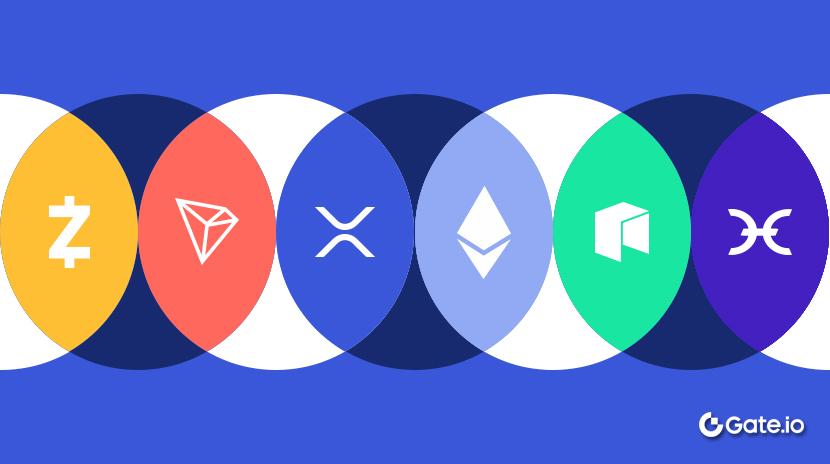
What Are Altcoins?
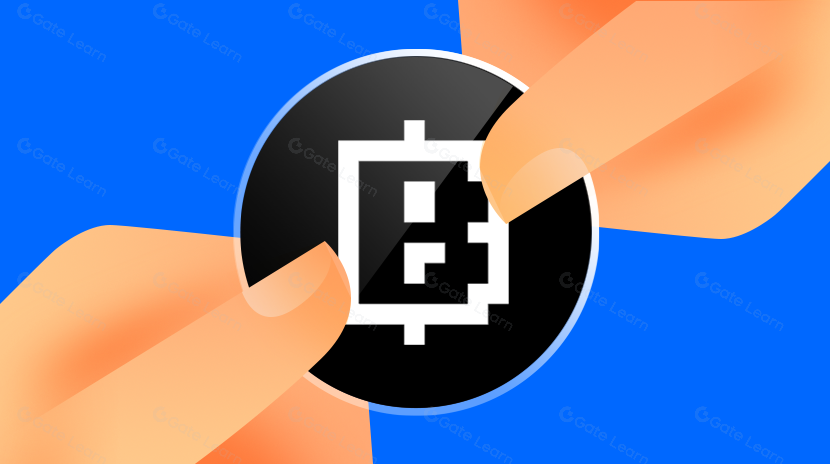
What is Blum? All You Need to Know About BLUM in 2025
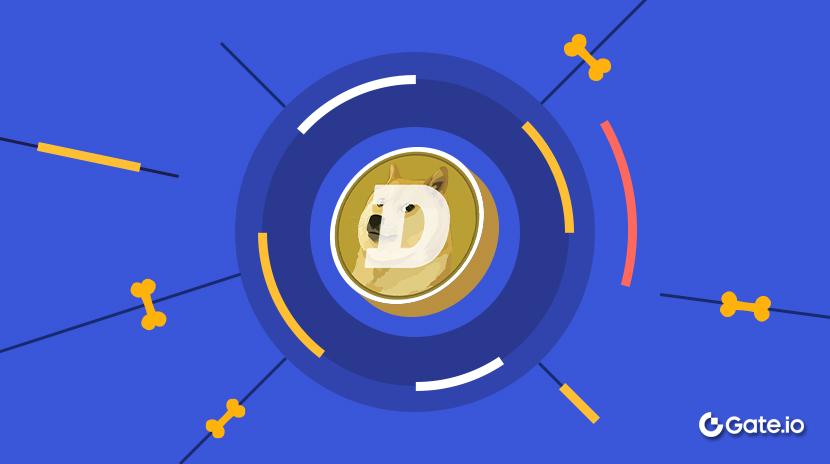
What Is Dogecoin?
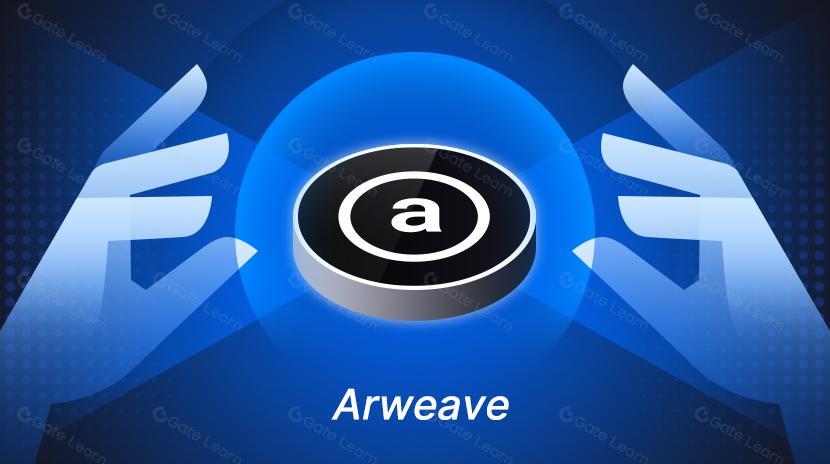
Arweave: Capturing Market Opportunity with AO Computer
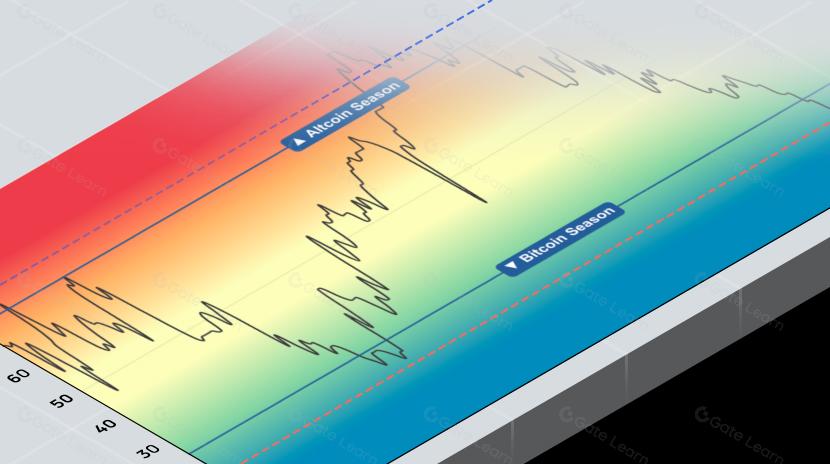
What is the Altcoin Season Index?
